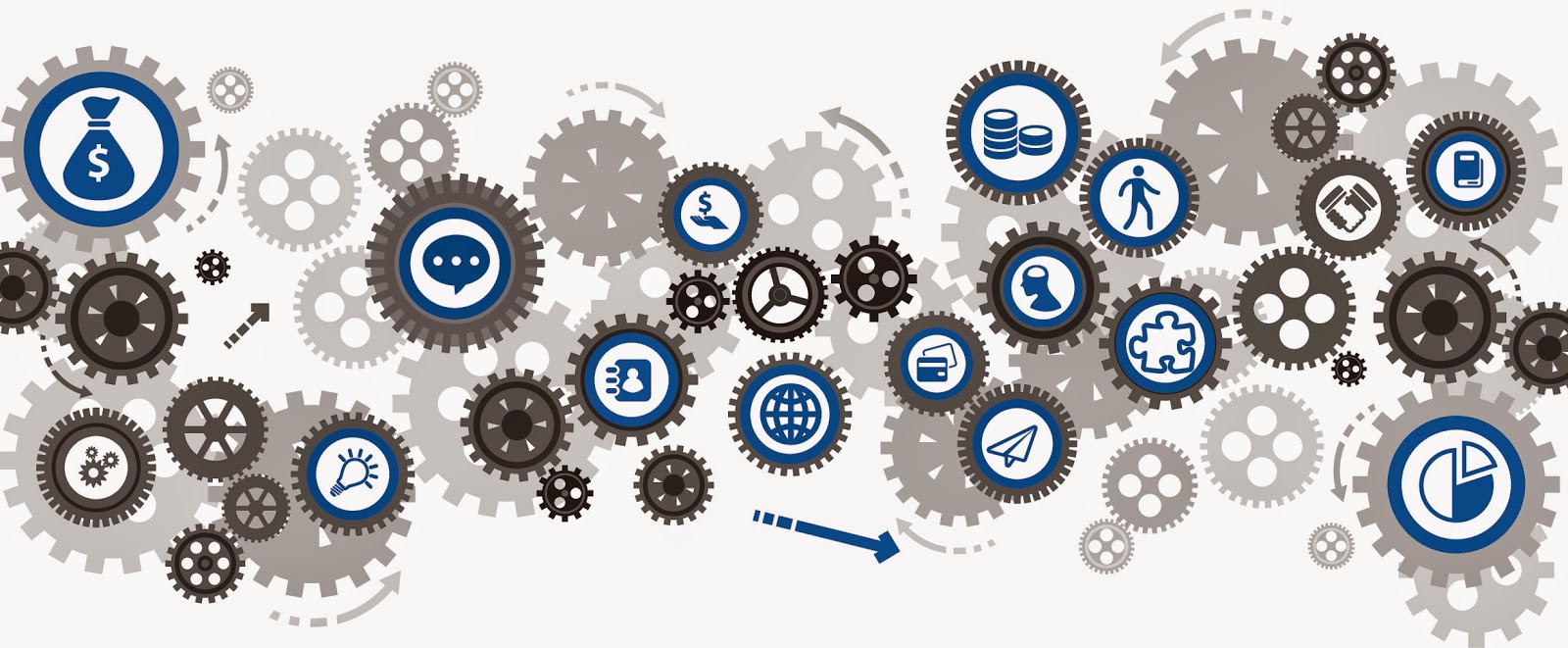I am feeling so grateful to say that over this three-week course I have greatly developed my conception about Database Design and also I was able to apply it in a physical database for a sustainable purpose, which was our final project. In the end of this learning process, I definitely feel confident about my skills to build a Database and correctly identify the tables, attributes, relationships and all the other tools that Microsoft Access provides to develop a database.
As I am an Architecture major student I plan to open my own business in a near future. For this reason, I believe that this class largely contributed to my professional career. With all the knowledge that I absorbed from this semester I will be able to design my own company's database. In addition, now I can and communicate with professionals from the IT (information technology) area and better understand their language whenever I need some assistance with database systems.
 The learning materials for this class we are excellent sources for complement my learning. I wonder if there are more online courses available in others different areas offered by Stanford University, because the videos gave us clear explanations and examples which made me even more interested about learning more from them, so I thought maybe they have some video classes in the Architecture field.
The learning materials for this class we are excellent sources for complement my learning. I wonder if there are more online courses available in others different areas offered by Stanford University, because the videos gave us clear explanations and examples which made me even more interested about learning more from them, so I thought maybe they have some video classes in the Architecture field. 




